This is one of the base recipes featured in Part 2 of our Whole Life Meal Plan. This easy coconut curry base recipe is a staple for quick, flavorful, and nutritious weeknight dinners. Use this base recipe as a guide, then have use different vegetables, proteins, and curry pastes to change the recipe to YOUR taste!
Learn How to Make the Base Recipe
Three Must-Know Cooking Skills
To make this recipe even easier, check out these videos to learn how to:
Learn how to slice and dice like a pro in our Knife Skills 101 course!
Culinary Tips for Making the Best Thai Coconut Curry
Beware the spice level of the curry paste! Different brands vary greatly in heat level. You could taste the paste on its own, but that might light your mouth on fire! Start with less, then add more to your taste. You can mix in extra after all the coconut milk is added, just whisk well.
Canned coconut milk naturally separates and hardens in your pantry. Shake well before using.
Slice or dice veggies into similarly-sized pieces for even cooking.
For this recipe, don’t worry about being exactly precise with the veggie measurements. If you have more than 2 cups of veggies, that’s okay! Just note that the more veggies you add, the less soupy the curry will be.
Add veggies in order from hardest to softest to ensure even cooking and a crisp-tender texture.
If using leafy greens, you can double the amount because they cook down so much.
Rather than adding the lime juice and basil to the entire dish, you can also serve them on the side as an optional garnish for your dining companions.
Ingredient Substitutions
- Protein Food: use plant-based or lean animal proteins. Tofu, tempeh, chickpeas, lentils, chicken, and shrimp are all good options. If using chicken, slice it thinly for best texture.
- Full-Fat Coconut Milk: use the canned variety – not the kind sold as a drink. You can substitute reduced-fat coconut milk, but the curry won’t be quite as creamy.
- Thai Curry Paste: use red, green, yellow, or panang; just remember to be careful with the spice level!
- Low-Sodium Chicken or Vegetable Broth: use homemade or store-bought. You can substitute water in a pinch, but your curry won’t be quite as flavorful.
- Brown Sugar: substitute coconut sugar, cane sugar, or sugar in the raw for the most similar flavor.
- Fish Sauce: substitute low-sodium tamari, liquid aminos, or soy sauce for a vegetarian or vegan curry.
- Vegetables: use any combination of hard, medium, and/or soft. Adjust cook time as appropriate.
- Hard Vegetables: broccoli, cauliflower, carrots, green beans, onion, sweet potatoes
- Medium Vegetables: baby corn, bell pepper, bok choy stems, eggplant, mushrooms, snow or sugar snap peas, summer squash, zucchini
- Soft Vegetables: bean sprouts, bok choy leaves, frozen edamame, shelled, thawed, leafy greens (double the amount because it cooks down so much), shredded cabbage, water chestnuts
- Thai Basil Leaves: substitute Italian basil or cilantro.
- Lime: substitute bottled lime juice or lemon.
Base Recipe Variations
Because this is a base recipe, the goal is for you to customize it to your taste! Add or remove ingredients based on what you have on hand and what your body is craving. When it comes to creating coconut curry recipes, the sky’s the limit!
If you want a vegetarian coconut curry, use soy sauce or tamari instead of fish sauce and choose a plant-based protein.
Want more curry recipe inspiration?
Use this recipe variation for inspiration, then have fun exploring other flavors, ingredients, and textures!
Equipment Recommendations
Make sure your kitchen is stocked with these tools for easy preparation!
- 3-4 Quart Sauce Pan
- Cutting Board
- Chef’s Knife
- Liquid Measuring Cup
- Dry Measuring Cups & Spoons
- Mixing Spoon
Check out our essential equipment guide to stock your kitchen with ALL the tools you need to prepare anything and everything!
Is this a Healthy Coconut Curry?
You bet! Filled with vegetables, herbs and spices from the curry paste, and lean protein, this is a delicious and nutritious main dish.
Colorful Vegetables
Vegetables are rich in essential vitamins, minerals, and phytonutrients that promote health and help fight diseases. It’s important to eat a variety of vegetables, as each color provides different benefits!
Thai Curry Paste
Thai curry pastes contain chili peppers, garlic, galangal (or ginger), lemongrass, herbs, spices. All of these flavorful ingredients are rich in vitamins, minerals, and phytonutrients that promote health and fight disease. Lemongrass even has antimicrobial abilities!
Lean Protein
Lean proteins such as tofu, beans, and chicken help promote satiety, making the curry a more filling meal. Protein has many functions in the body, including building and repairing body tissues and assisting in energy metabolism.
For more information about the best ingredients to use, check out our ingredient guide!
Curry Serving Suggestions
Serve curry over Jasmine brown rice, quinoa, or another whole grain for a balanced meal.
Learn how to build a healthy balanced meal with our Whole Life Plate, meal plan, and book!
How to Store and Reheat Leftover Coconut Curry
Cool curry completely, then store in an airtight container in the refrigerator for up to 1 week.
To reheat, transfer to a microwave-safe dish and heat through in the microwave.
Looking for more easy weeknight dinner recipes?
Try out these delicious recipes!
Healthy Whole Grain Pasta Base Recipe
Salmon with Yogurt Sauce Base Recipe
Easy Coconut Curry Base Recipe
Ingredients
Base Recipe
- 12-16 ounces protein food (tofu, chicken, etc.) or mushrooms
- 14-ounce can full-fat coconut milk, divided
- 2-3 Tablespoons Thai curry paste
- 1 cup low-sodium chicken or vegetable broth
- 1 Tablespoon brown sugar
- 1-2 Tablespoons fish sauce (sub tamari or soy sauce)
- 2 cups assorted vegetables*
- ¼ cup roughly torn Thai basil leaves
- 1 medium lime (~2 Tablespoons juice)
Instructions
- In a 3-4 quart saucepan, bring ½ cup coconut milk to a boil. Add curry paste and stir. Continue cooking over medium high heat, stirring until thick and bubbling.
- Add the remaining coconut milk, broth, sugar, and fish sauce. Stir to combine and bring to a simmer.
- Add the protein food and any hard vegetables and continue to simmer. As the vegetables soften, add medium-firm vegetables, cook for a few more minutes, then soft vegetables. Continue to cook until all vegetables are crisp tender and protein is cooked through, ~8-10 total minutes.
- Turn off heat and stir in the Thai basil and lime juice. Serve over quinoa, brown rice, or Jasmine rice and add toppings to taste. Enjoy!
Notes
- Toasted nuts or seeds
- Chopped fresh basil or cilantro
- Lime zest and/or juice
- Chile oil or hot sauce
- Black pepper
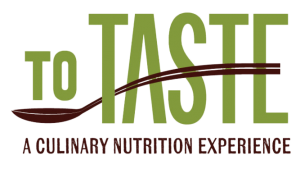

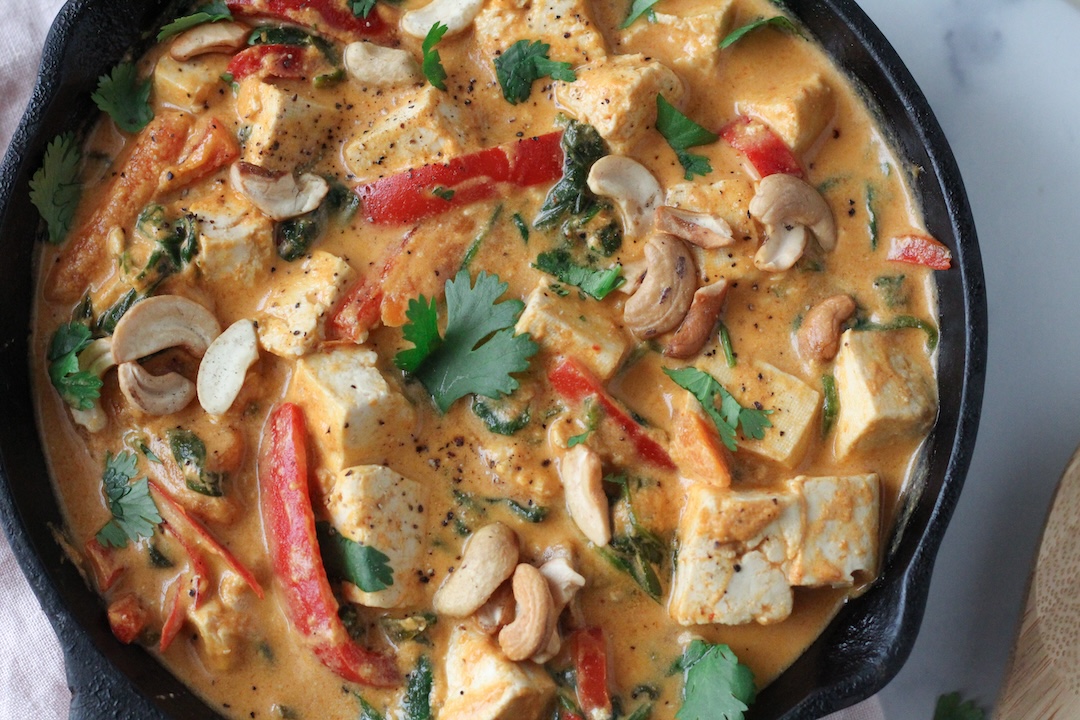

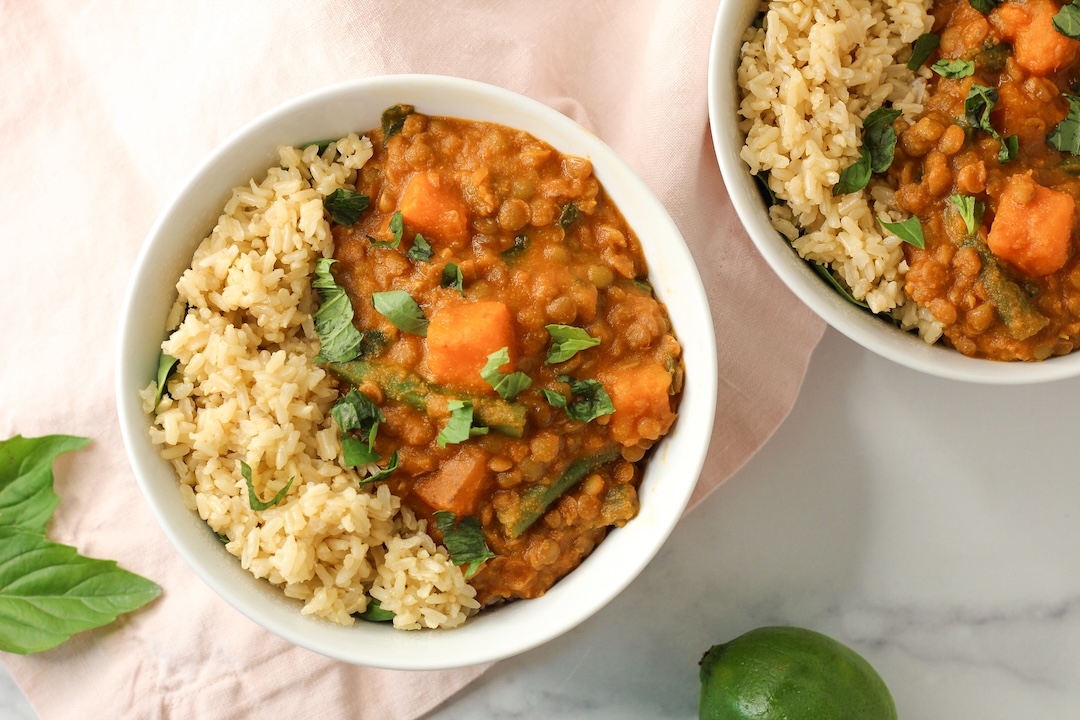


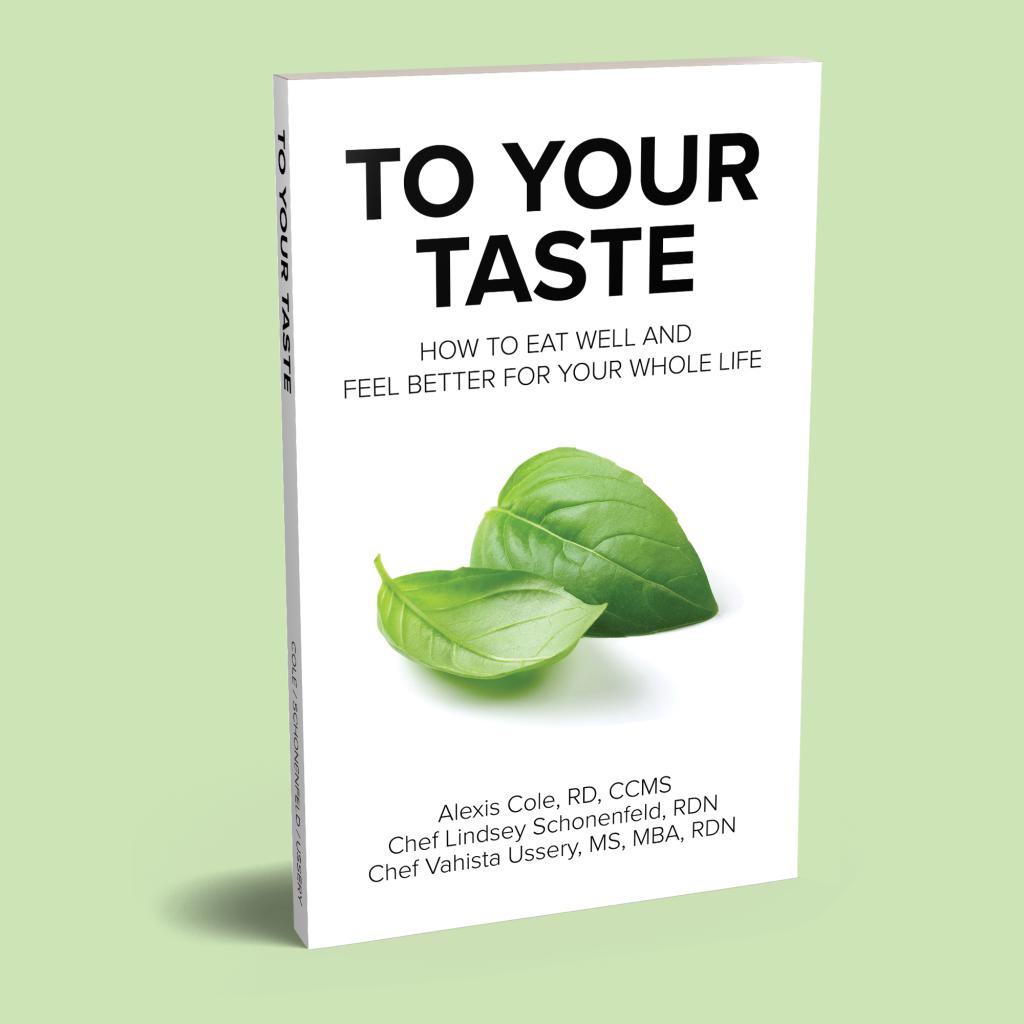







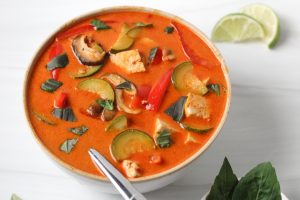
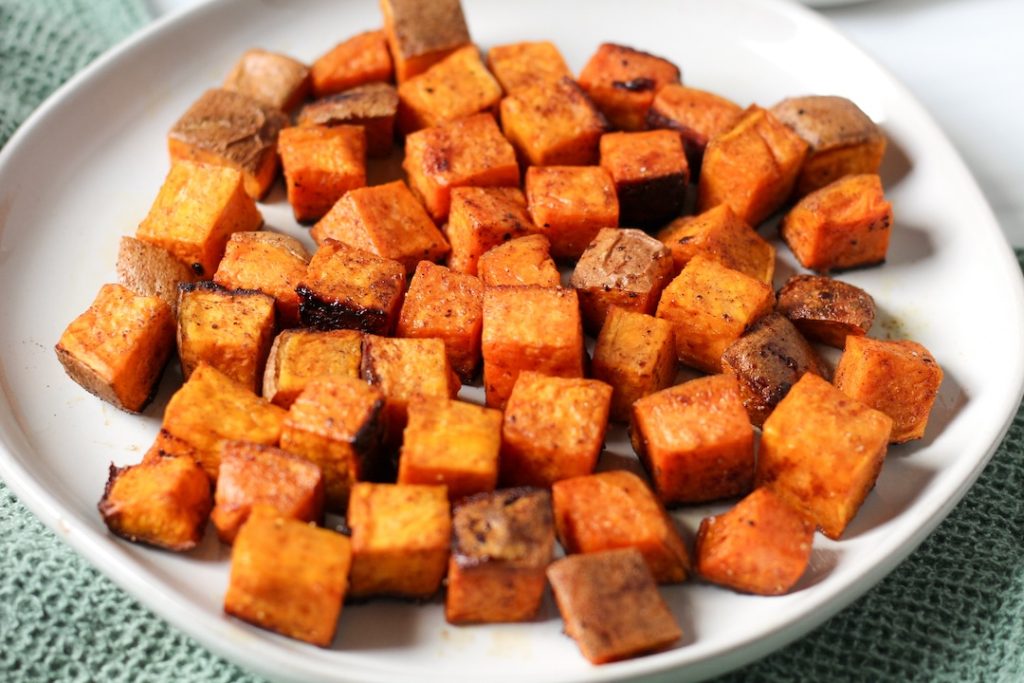


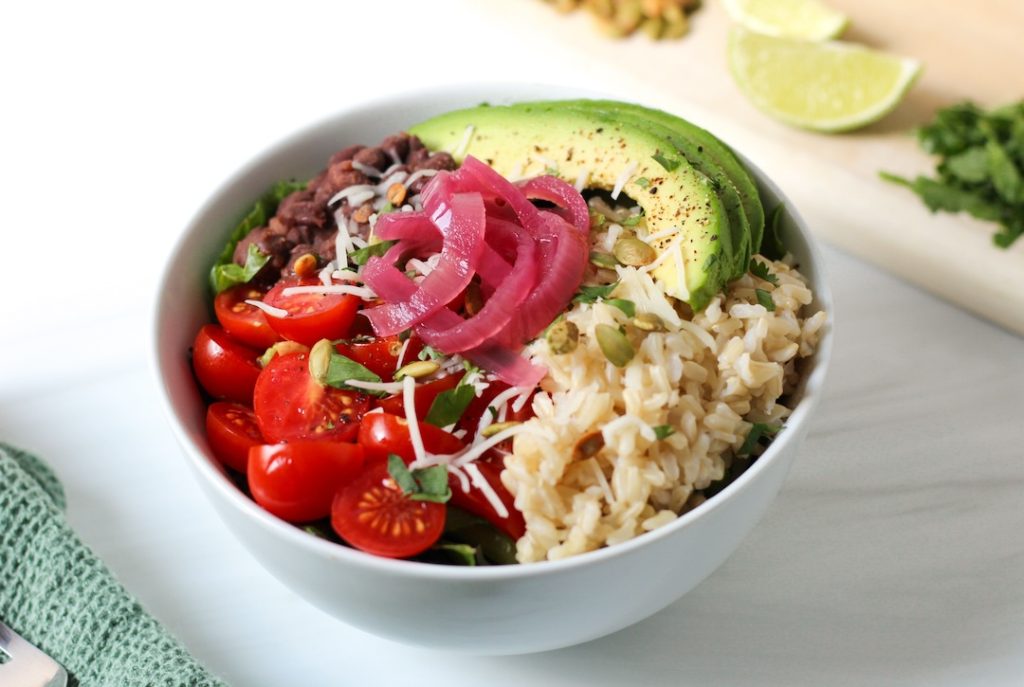

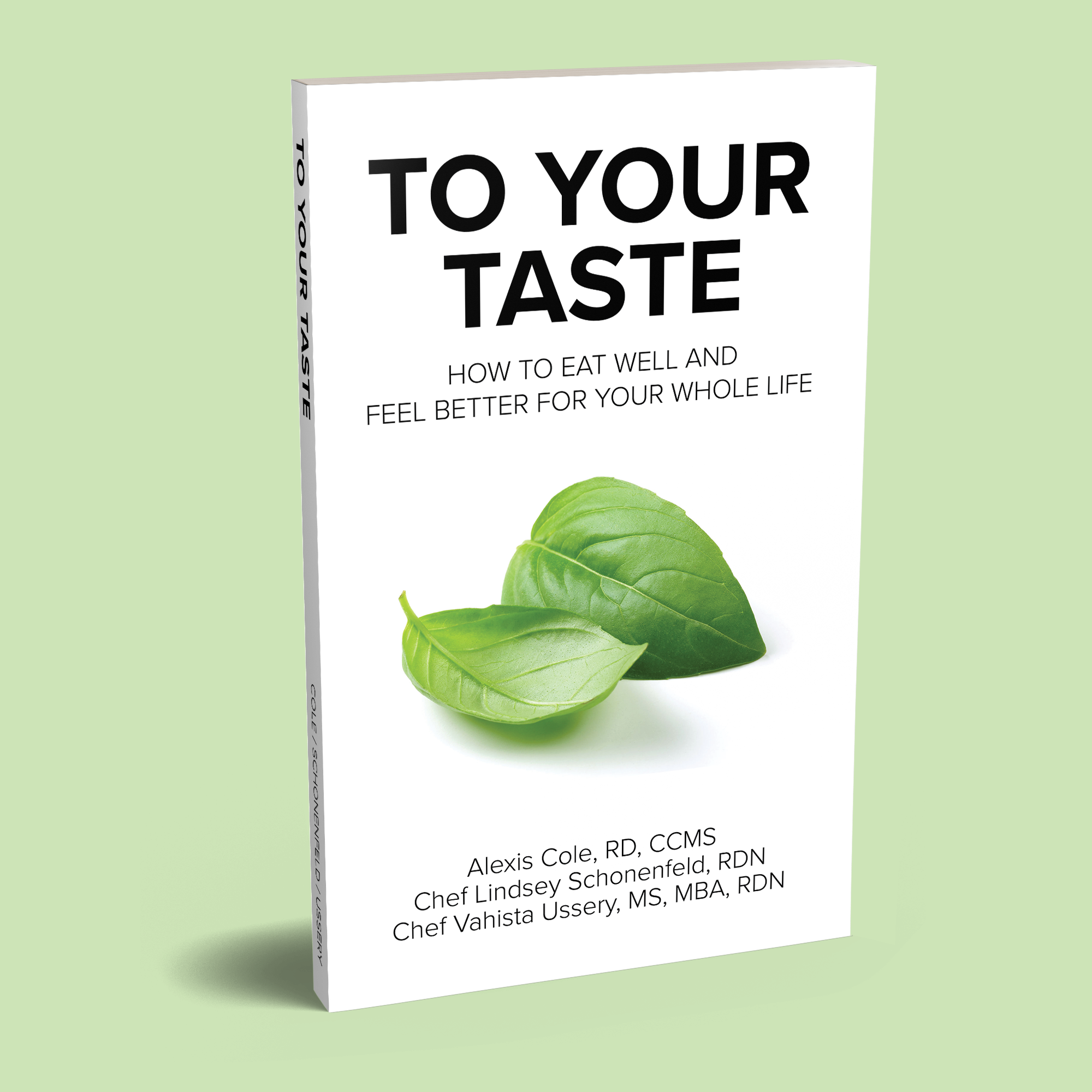
This Post Has 2 Comments
The Thai red curry paste really sets this recipe off. I’ve used mushrooms as part of the vegetables before, and they add a great umami flavor.
Mushrooms are a great addition. We find them to be a good meat replacer 🙂